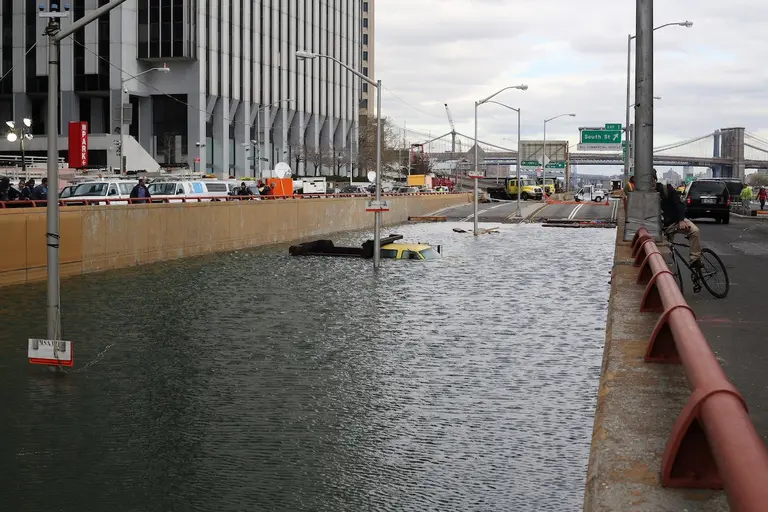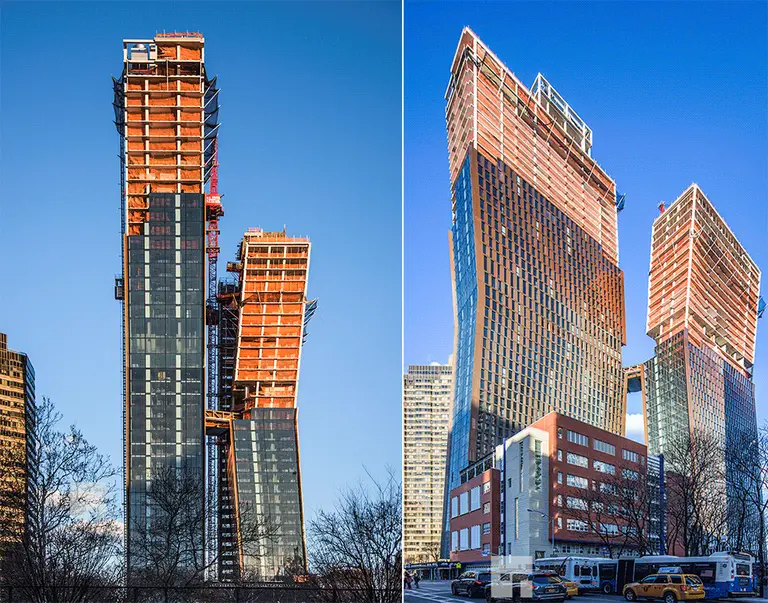May 28, 2015
For the past few months, all eyes have been on the new Whitney. From architecture reviews of Renzo Piano's modern museum to insider looks at the galleries, New Yorkers can't stop talking about the design of this game-changing structure. It wasn't all sunshine and roses for the building, though. In 2012, halfway through construction, Hurricane Sandy flooded the museum with more than five million gallons of water, causing the architects to rethink the site.
The Whitney now boasts a custom flood-mitigation system that was "designed like a submarine," according to engineer Kevin Schorn, one of Piano's assistants. As The Atlantic reports, the system has a 15,500-pound water-tight door that was designed by engineers who work on the U.S. Navy's Destroyers and can protect against a flood level of 16.5 feet (seven feet higher than the waters during Sandy) and withstand an impact from 6,750 pounds of debris. But what's just as amazing as these figures is the fact that this huge system is invisible to the average person.
Find out more here


